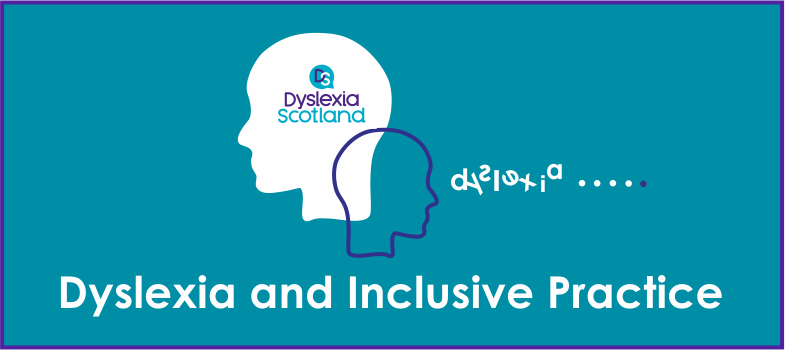1.4. Rights and participation
By May 2021, the United Nations Convention on the Rights of the Child (UNCRC) will be fully incorporated into Scots law with a legal duty on all public bodies to protect and respect the rights of all children. The aspiration is for all children and young people aged 3-25 to have the opportunity to contribute to decisions and know that their ideas are listened to, valued and considered. Children’s rights and participation are an identified priority in several national policies, guidance and strategies including:
- Children`s and Young People (Scotland) Act (2014) Parts 1, 3 and 9
- Progressing the Human Rights of Children in Scotland: An Action Plan (2018 – 2021)
- Child`s Rights and Wellbeing Impact Assessments (CRWIA) Guidance (2019)
- Getting it right for every child (GIRFEC)
- Common Core of Skills, Knowledge and Understanding and Values for the `Children`s Workforce` in Scotland (2012)
- Fairer Scotland Action Plan (2016)
- National Guidance: Child Protection Committees and Child Protection Chief Officers (2018)
- Education Scotland’s suite of self-evaluation documents to support schools, early learning and childcare (ELC) settings Community Learning and Development, and colleges include several references to children’s and young people’s rights and participation. For example, the fourth edition of How Good Is Our School (HGIOS4) states that we have a duty to ‘involve children and young people in decisions about how their needs should be met’.
- How Good Is Our School? Fourth edition (HGIOS?4)
- How Good is our Early Learning and Childcare?
- How Good is the Learning and Development in our Community?
- How Good is our College?

Views of Learners - The Young Inclusion Ambassadors
The Young Inclusion Ambassadors have developed resources to support schools and local authorities to hear the views of learners who have additional support needs and disabilities about their experiences of inclusion in Scottish schools – what works and what can help improve their experiences.
The resources aim to:
- Raise awareness of inclusion
- Provide free resources for professional development
The young people made a film called ‘Ask us, Hear us, Include us’ to share their experiences and below are some quotes from them.
“Just not being someone on the outside looking in and be able to have the same opportunity and education”
“So it’s nice for people not just to presume that you can’t do something”
Activity 4 Young Inclusion Ambassadors
Access the online resources [Tip: hold Ctrl and click a link to open it in a new tab. (Hide tip)] developed by the Young Inclusion Ambassadors
- Watch the film and look at the accompanying resources
- Make notes in your Reflective Log. You may wish to use your Action Plan to incorporate opportunities to share these resources with your colleagues.
- How and when will they be used?
- How will the impact of the resources and professional engagement opportunities be evaluated?
- Can you build on the resources in your school community?
Suggested further reading
Research paper by Professors Mel Ainscow and Susie Miles: Developing inclusive education systems: how can we move policies forward? http://www.ibe.unesco.org/ fileadmin/ user_upload/ COPs/ News_documents/ 2009/ 0907Beirut/ DevelopingInclusive_Education_Systems.pdf
Key Principles for Promoting Quality in Inclusive Education Recommendations for Practice
https://www.european-agency.org/ sites/ default/ files/ Key-Principles-2011-EN.pdf
1.3. Models for inclusion

